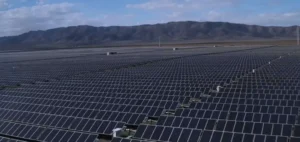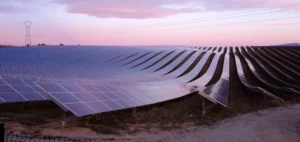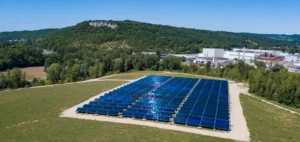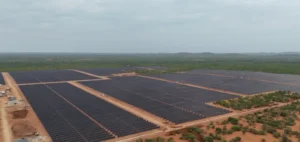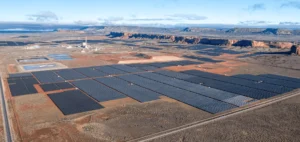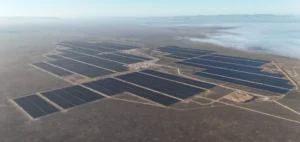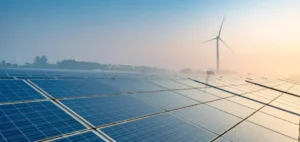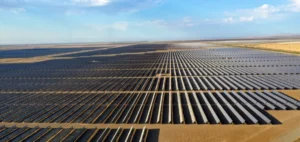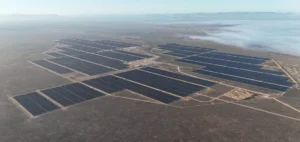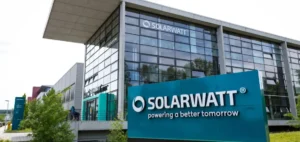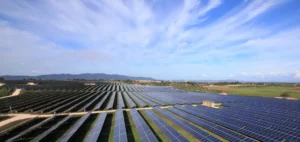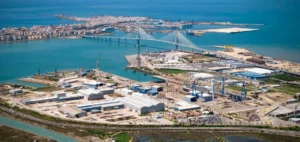Chinese group LONGi Green Energy Technology Co., Ltd. signed a framework supply agreement for a total capacity of 555 megawatts (MW) for its Hi-MO X10 solar modules with several African distributors and EPC (engineering, procurement and construction) companies. The announcement was made during the Solar & Storage Live Africa exhibition, held at the Johannesburg Convention and Exhibition Centre from 25 to 27 March. The company showcased several models from its new range, targeting the expansion of its commercial strategy on the continent.
Strategic consolidation in the African market
LONGi displayed its Hi-MO X10 modules in single-glass, double-glass and anti-dust versions, designed to meet the specific demands of distributed photovoltaic markets. These products are based on HPBC 2.0 (Hybrid Passivated Back Contact) cell technology, with a mass production power output reaching 670 watts, 30 watts more than standard TOPCon modules of equivalent size. The module efficiency can reach up to 24.8%, according to technical data shared by the manufacturer.
The company also set up a demonstration area simulating partial shading scenarios to compare production stability between Hi-MO X10 modules and competing models. The installation highlighted the modules’ ability to maintain high performance in constrained environments, particularly those encountered on residential or industrial rooftops.
Technical benefits and local expectations
To address African customers’ concerns regarding reliability and return on investment, LONGi’s local teams emphasised the safety features of the range, including an integrated bypass structure. This system reduces power loss and prevents local overheating of the modules, with a temperature drop exceeding 28% compared to conventional cells, according to the company’s technical specifications.
Sun Xianming, General Manager of LONGi’s African office, stated that the signed agreement demonstrated the trust of African partners in the group’s technology. He also referenced the rapid rise of solar energy across the continent, driven by the need for stable and locally deployable energy supply.



